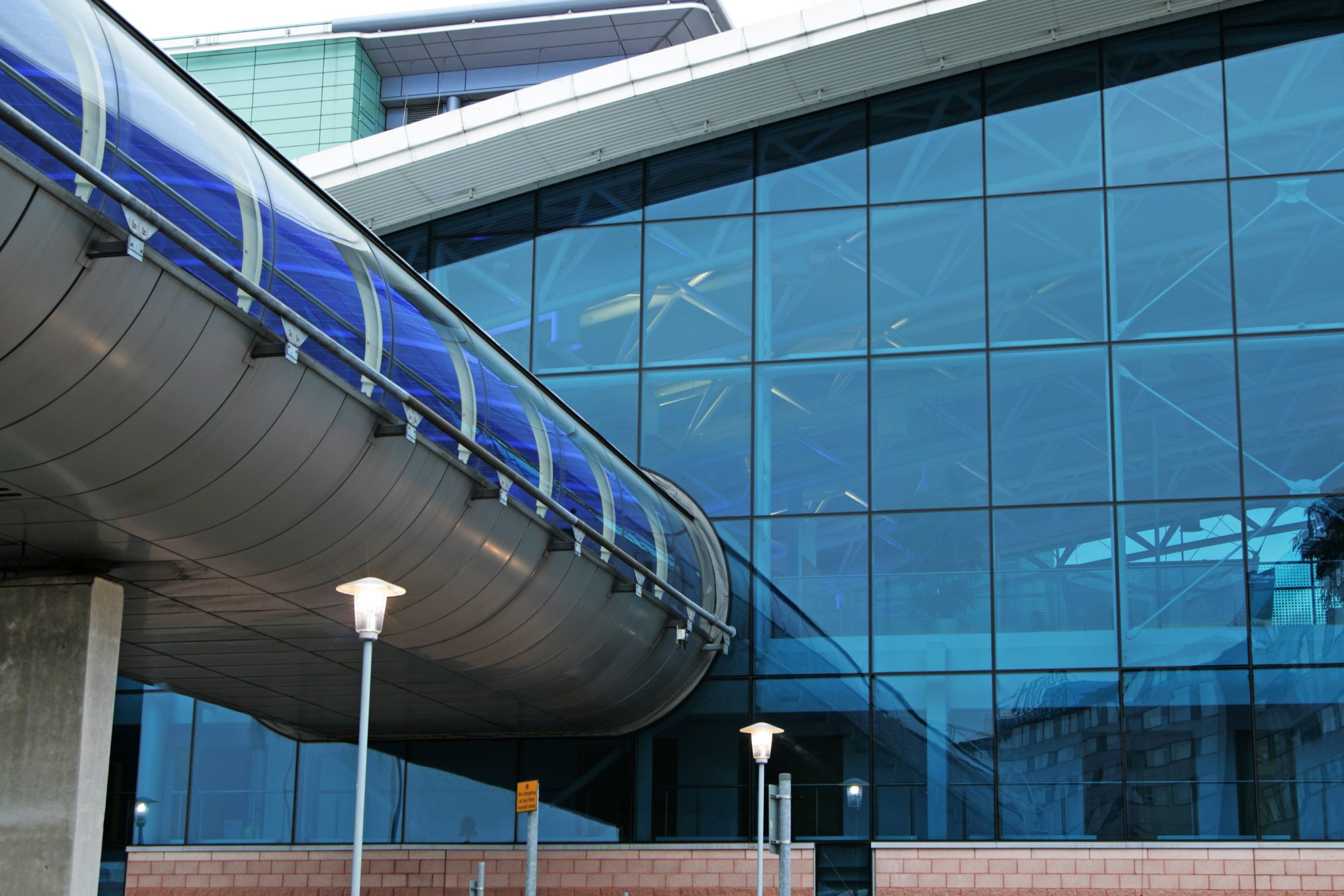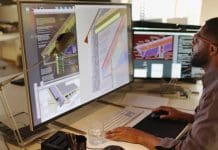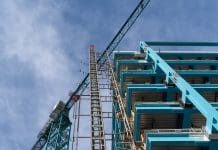A sub-assembly approach to the new pier will save on time and components required
The new Manchester Airport pier means that the construction can be completed with as few as 67 sub-assemblies.
This is achieved through offsite construction, allowing to bring larger pieces in instead of bringing many small pieces.
Mace and WSP are using the kit-of-parts approach at the new Manchester Airport pier
The kit-of-parts approach utilises technology to reduce site traffic and improve working environments.
The new Manchester Airport pier represents a £1.3bn investment to expand Terminal 2 with 12 new gates. As the airport sees over 100,000 passengers every day, the team wanted to minimise the disruption to airport operations.
Kit-of-parts uses a design-for-manufacture-and-assembly (DfMA) workflow, building large sections of the building in a factory offsite, and then bringing them onsite when they are ready to be added to the building.
The approach also uses digital technologies, including manufacturing software and laser-based positioning systems alongside more traditional construction software, reducing adjustments needed onsite.
“The use of responsive digital design is a must for projects of this scale”
Mace estimates that just under 60% of the new Manchester Airport pier project has been moved to off-site factories as a result of the kit-of-parts approach. They also estimate that 125 tons of CO2 emissions have been prevented.
Matt Randall, pre-construction director at Mace, said: “By using a kit-of-parts approach at Manchester Airport, we were able to reduce the number of components used to build each node from over 5000 to just 67, reducing the projected construction time from hundreds to just tens of days. This kind of rapid iteration and scaling wouldn’t be possible without close collaboration, ongoing learning, and a willingness to embrace new ways of building.”
Haydn Roberts, operations director at Pro Steel Engineering, said: “The new kit-of-parts approach has revolutionised the way we’re able to successfully operate and deliver projects in time-restricted/critical environments. The digital design approach was invaluable for this project, and we will now be considering it for all projects of this nature moving forward. By seamlessly integrating it with our own design, fabrication, and installation methodology, we were able to manage and coordinate 100% of the steel-to-steel connection design, steelwork fabrication, intumescent fire-rated paint system and cladding application in controlled conditions within the factory, before even needing to step foot on the airport.
“This not only significantly reduced the demands and time of on-site crane use, and our site team’s worker-hours by over 30%, but it also significantly reduced the carbon emissions traditional methods would have required to transport. When reflecting on this innovative approach to making construction more efficient, it’s clear that the use of responsive digital design is a must for projects of this scale going forward.”














